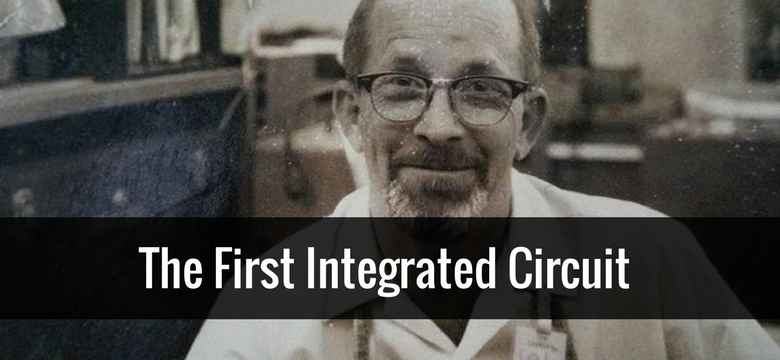Prototypes helped steer landmark technological evolution
It’s one of those things that makes us sound like our grandparents.
Looking back, it seems like every time anyone got anything new – a color television (with a remote control, no less!), a home computer, a microwave oven, etc. – it sparked a volley of comments about how much simpler and/or more difficult things once were. Not every such conversation led to the obligatory comments about “walking to school … uphill … both ways …” but too often, it felt like that lecture wasn’t that far behind.
Early home computers were not much smaller than a modern mini-fridge, and just as portable. Their capabilities were limited – non-existent, by today’s standards – and were viewed as a plaything for the wealthy. Telephones, of course, were connected to the wall, and depending on the decade required the use of either had “high-tech” buttons or a rotary dial to place or answer a call.
If only our grandparents and great-grandparents could see us now.
“Home computers” are now “personal computers” because they go with the person who owns them; thankfully, they now are the same size, and often weight, as a coffee table book. Phones also are carried everywhere, as necessary as keys and a wallet for anyone leaving home. Laptops and phones – not to mention this newfangled thing called “the Internet” – have taken over the way we live. Want a dinner reservation, or to check a menu? Need to book a flight? Need to get a birthday present? Pay a bill? There is no need to talk to an actual person – just log on.
Admittedly, that portrayal is a bit overblown … but only a bit. To say computers and smart phones are crucial to everyday life would be a gross understatement.
Now collectors will have a chance to acquire the item that essentially is the foundation upon which the computing industry is built, and which made laptops and smartphones a daily staple for millions when a pair of prototypes for the first integrated microchip go up for auction Nov. 4 at Heritage Auctions’ Nature & Science Auction in Dallas.
This is not some insignificant gadget to which only the nerdiest among us can relate. This is, without debate, a piece of history. This lot is the very reason the laptops and smartphones upon which we rely so heavily actually work. This is like getting a prototype for the first car engine or for a ballpoint pen – items that universally get taken for granted, but without which our lives would change immeasurably.
An Early Microchip Prototype
Precursor to the Integrated Circuit
Developed in Dallas, Texas in 1958
Estimate: $400,000 – $600,000.
The integrated circuit was designed by Texas Instruments engineer Jack Kilby, whose design ultimately earned him the Nobel Prize for Physics in 2000, five years before his death, and built by a team that included Tom Yeargan. Yeargan’s daughter, Leslie Yeargan Riggs, said that as a child she was unaware of the significance of her father’s achievement.
“I probably didn’t get the significance of it until I started working on computers in my 20s, in the early ’80s,” she said. “I think an Apple II was the first computer I worked on, and when I started learning about that, I thought, ‘Hmmm … this wouldn’t be possible without that first thing my dad built.’”
Parting with the microchip prototype was difficult for Riggs and her brother, Jeff – not just because of its status as essentially the fountainhead of modern computing technology, but also because of what it represented to the Yeargan family.
“My dad was always my hero – I was frankly a ‘daddy’s girl,’” Riggs said. “He was one of those old-fashioned men for whom family always came first. He was the provider, the protector – all of those things you want to have in a dad. When we were young, we didn’t really understand how significant this was, how important he was.”
Riggs and her brother can not choose the microchip’s ultimate destination, although she does admit that the historical significance impacts where she and Jeff would like to see it end up.
“But this is incredibly significant. We would like it to be displayed, ideally. The fact that our dad was a technician, and not the engineer, doesn’t matter. He was our dad, he was our hero. We realize now what an amazing, special thing he was a part of. He wasn’t someone who sought out attention, but we feel like he would want – and be happy about – us getting his name out there. He didn’t want attention. To him, he was just doing his job, taking care of his family, doing what he was supposed to do. Ideally, this will go somewhere that it is treasured and displayed.”
Written by: Steve Lansdale
